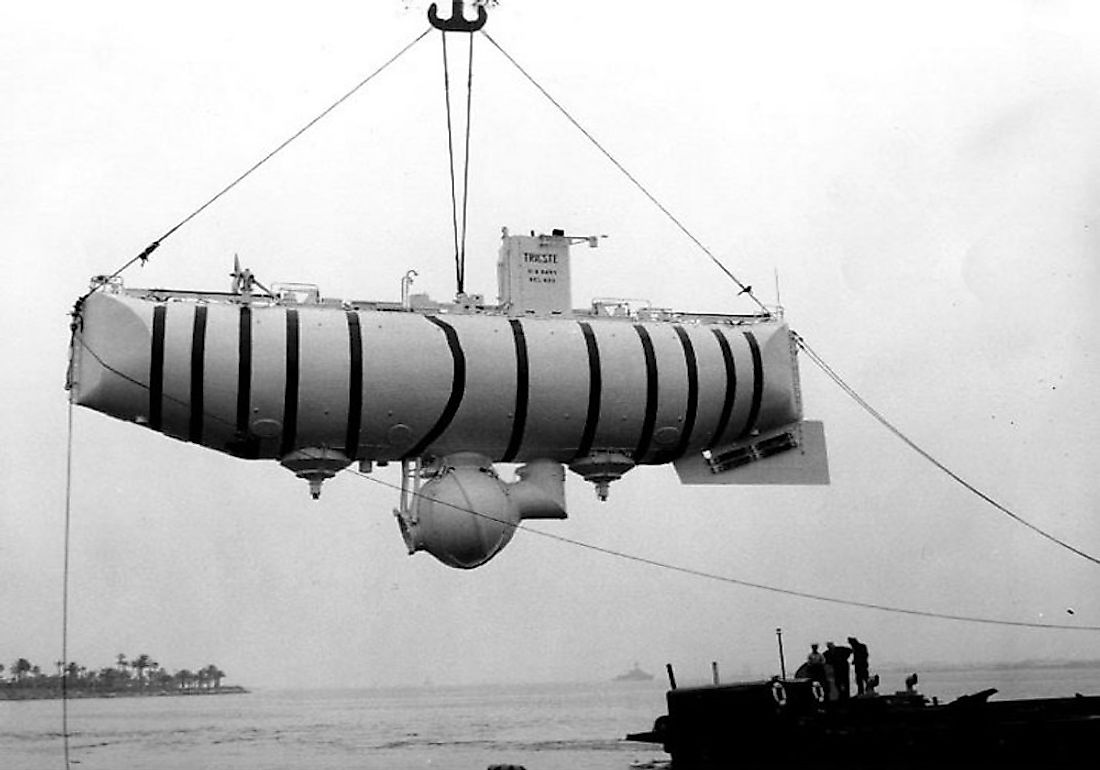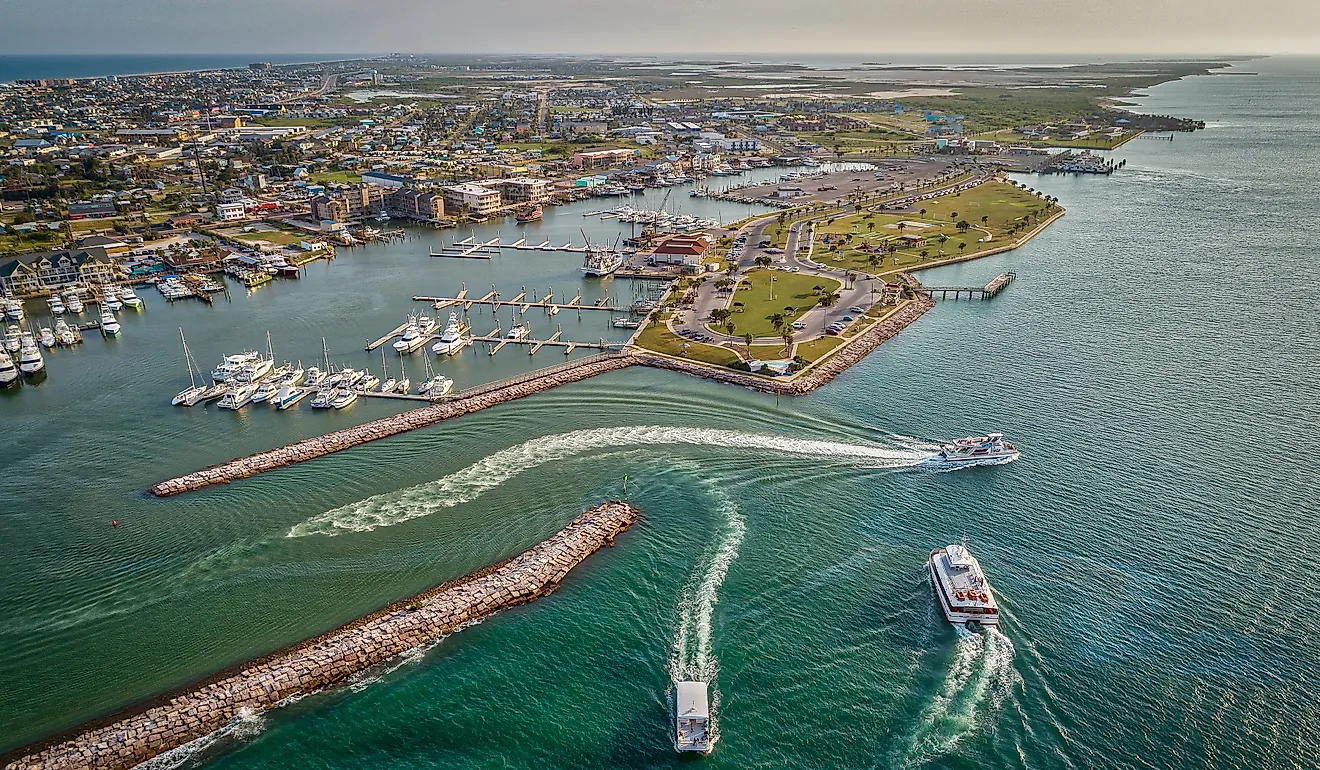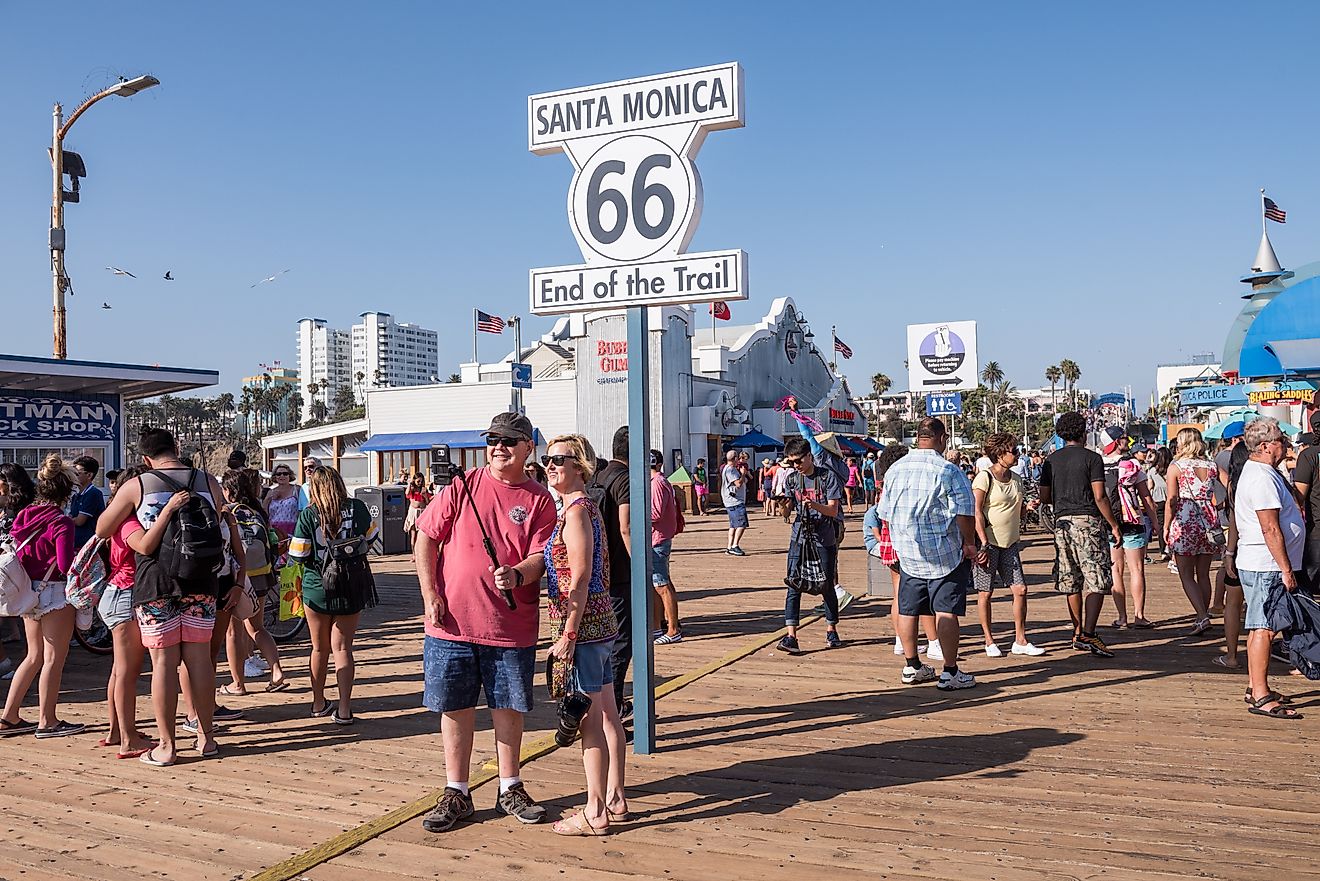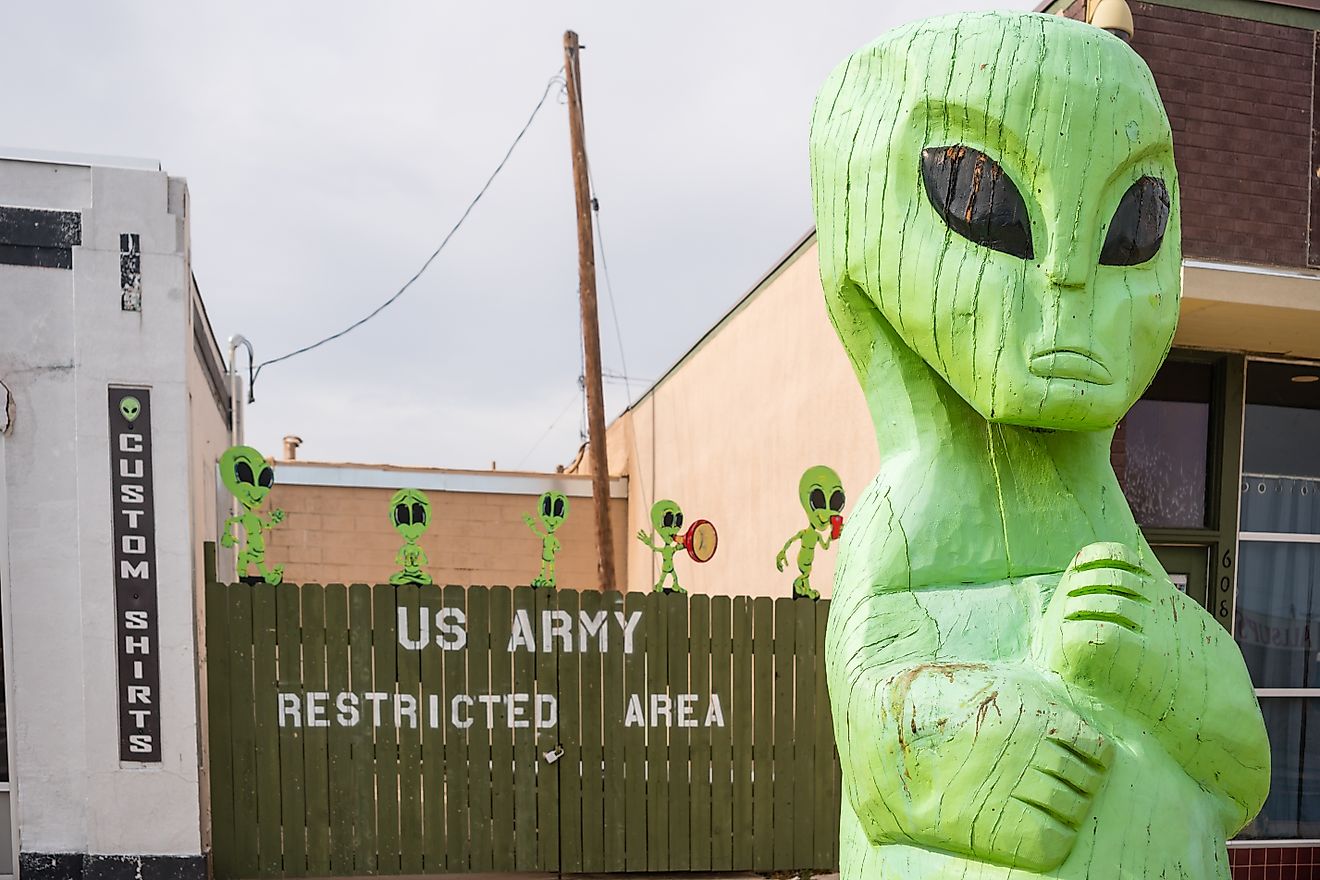The Journey of the Bathyscaphe Trieste into The Challenger Deep

What Is The Challenger Deep?
The Challenger Deep is the deepest recorded part of the ocean floor, measuring between 35,755 and 35,814 feet deep. It is part of the Mariana Trench, located in the Pacific Ocean near the Mariana Islands. Its depth was first recorded in the late 19th century, although it wasn’t thoroughly explored until 1960 in the deep-diving research bathyscaphe, Trieste.
The Bathyscaphe Trieste
The Trieste was the first bathyscaphe designed for freediving, unlike previous designs which only allowed for spheres to be lowered and raised to the ocean’s surface. It was first put into use in August of 1953 off the Island of Capri in the Mediterranean Sea. After 7 years of testing, the Trieste was ready to take on the Mariana Trench and the Challenger Deep.
Journey To The Depths Of The Challenger Deep
On October 5, 1959, the Trieste departed from San Diego, California and headed for the Mariana Trenches in an effort known as Project Nekton. Test dives were performed at Guam, beginning with two dives in Apra Harbor. After these first two test dives, the bathyscaphe was ready to try to reach more profound depths. The next dive reached 4,900 feet in depth off the western coast of Guam.
After successfully reaching these depths, the research crew decided to continue the attempt at diving deeper. On November 15, 1959, the deep diving vessel reached 18,150 feet. When it returned to the surface, the researchers noticed that it had taken on some water along the seals of spheres. Rather than repair it, however, the researchers decided to leave the seals untouched. This was decided because at extremely profound depths, the pressure of the water pushes against the sphere and holds it together. The 5th and 6th dives were not as deep, with the 6th one reaching only 5,700 feet.
The 7th dive made it to 24,000 feet in the Nero Deep of the Mariana Trench. This depth, located 70 miles from Guam, was first discovered in 1899 on a search tasked with finding a deep sea cable route to Asia. The Trieste did not quite make it to the bottom of the deep, however, because it emitted too strong of a vibration which bounced off the ocean bottom and returned to the vessel, shoving it upwards. Unable to stop moving upwards, the Trieste returned to the surface.
The final dive in the Project Nekton series was dive 8. Jacques Piccard, son of the vessel’s designer, and US Navy Lieutenant Dan Walsh manned the ship to the deepest place known in the ocean floor. On January 23, 1960, the Trieste and her crew hit ocean bottom at 13,797 feet below the surface of the ocean. The entire trip took around 4 hours and 48 minutes to achieve. On the way down, one of the windows on the vessel broke. This break caused an imbalance throughout the ship, causing it to shake violently. It managed to remain stable, however. The two explorers were at the bottom for roughly 20 minutes. In order to stay warm at only 45° fahrenheit, the men reported eating chocolate bars which also helped them to maintain energy. Their return trip to the surface lasted for 3 hours and 15 minutes.











